It used to be enough in the digital-first era just to generate high-quality content, but it is now getting it to the right audience that makes the difference. No matter whether it is a business, creator, or brand, the ability to distribute content plays an important role in building visibility and credibility and delivering results. With the ever-expanding online world, there is a plethora of platforms that make distribution easy and allow for content to easily find its target market on many platforms.
Content distribution platforms are of great importance for magnifying a brand’s message, making the most of content ROI, as well as for making sure that strategic efforts are fruitful. The right platform may determine the engagement rate, lead generation, and overall brand growth. In this guide, we will discuss the top 11 best content distribution platforms, their importance, key benefits, how to pick the best one, and so on.
What is a Content Distribution Platform & its importance?
A content distribution platform may be defined as a digital tool/service that enables sharing, promoting and publishing content on a variety of media channels (including social media, blogs, emails, video sites and search engines). The best content distribution tool is one that matches your purpose, touches your designated audience, and is associated with the form and time of activity that brings the greatest exposure.
The value of using a content distribution platform is to automate, scale and analyse content reach and performance. These platforms save time and provide useful information on what content does well, where it does well and how it can be played optimally for better outcomes.
Top 11 Best Content Distribution Platforms
1. HubSpot
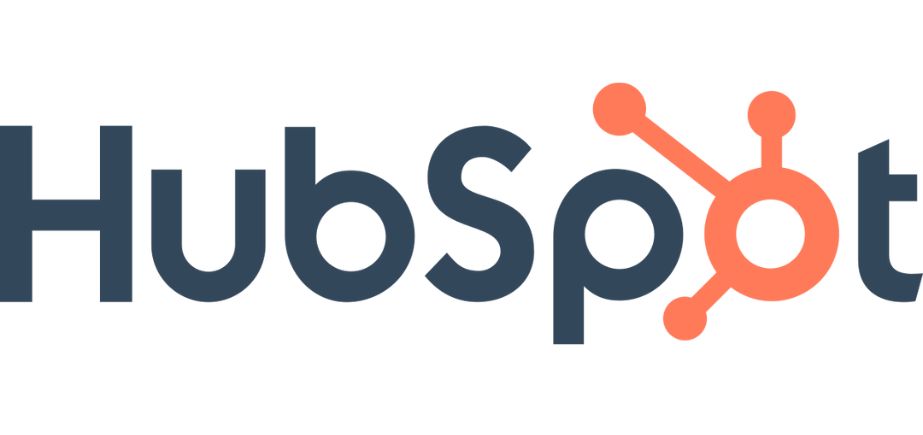
HubSpot is a full suite platform that enables business owners to take care of inbound marketing, sales, and customer service. Its content tools enable you to create and post blogs, emails, and social posts with smooth CRM integration and targeted and personalised messages. HubSpot also has marketing automation, seo tools, lead tracking, and performance analytics.
It’s perfect for businesses wanting to optimise their content lifecycle, balance marketing and sales, and attract high-quality leads using data-driven strategies. Its user-friendly dashboards and customizable workflows simplify campaign management and scalability.
Key Features:
- All-in-One Platform: CRM, email marketing, landing pages and automation tools combined.
- Marketing Automation: Automate campaigns on email, lead nurturing, and customer segmentation.
- Analytics and Reporting: In-depth information on campaign performance and how the customer behaves.
Pros:
- User-friendly interface suitable for beginners.
- All-round inbound marketing strategies toolset.
- Solutions that will work for any size of business.
Cons:
- Premium plans can get too costly for small business owners.
- Some of the more advanced ones have a learning curve.
- Possession of technical competence may be a requirement under customisation options.
Pricing:
- Free Plan: Basic CRM features.
- Starter: $50/month.
- Professional: $890/month.
- Enterprise: $5,000/month.
Website: https://www.hubspot.com
2. Buffer
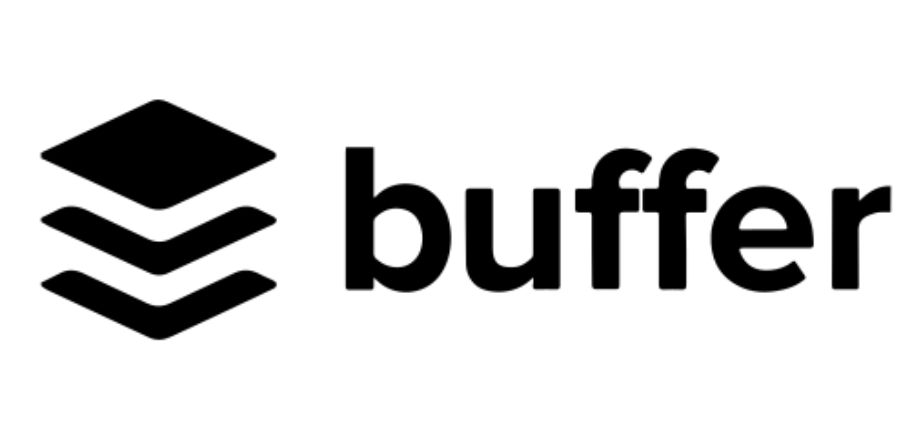
Buffer is an easy-to-use social media manager that will help people and teams plan, schedule, and publish to various platforms such as Instagram, Facebook, X (formerly Twitter), and LinkedIn. It makes content calendars easier, allows for performance tracking, and solves teamwork issues via approval workflows. The intuitive interface of Buffer enables you to manage several accounts, automate the posting time to get maximum attention and analyse its outcomes through built-in analytics.
It’s ideal for content creators, marketers or agencies that want to be consistent and be on the ball with their social media efforts. With browser extensions as well as mobile support, Buffer maintains the planning and publishing of content on the go, which makes it a decent option for social media content distribution.
Key Features:
- Multi-Platform Scheduling: Stage and release posts on different social media platforms.
- Analytics: Monitor metrics for the engagement of the track, the performance of posts.
- Team Collaboration: Role allocation and approval control in teams.
Pros:
- Intuitive and clean user interface.
- Priced Affordably And With a Free Plan Also.
- Supports major social media platforms.
Cons:
- Limited features compared to competitors.
- Analytics are elementary in lower-tier plans.
- Limited native support of some upcoming platforms.
Pricing:
- Free Plan: Basic publishing tools.
- Essentials: $6/month per social channel.
- Team: $12/month per social channel.
- Agency: $120/month for 10 social channels.
Website: https://buffer.com
3. Collaborator

Collaborator is a leading PR distribution marketplace that connects marketers with trusted publishers worldwide. It streamlines the process of content distribution across a fast-growing catalog of authoritative websites and blogs. It helps businesses and SEO professionals aiming to improve brand awareness and boost their visibility in search engine results.
Collaborator is a perfect fit for marketers, SEO specialists, and digital marketing agencies looking to distribute content safely on authoritative websites in just a few clicks.
Key Features:
- Extensive Catalog: Collaborator.pro offers a vast and growing catalog of over 37,000 websites and 3,000 Telegram channels across 130 countries in 50+ languages.
- Transparent Data & Metrics:The platform provides detailed, verified, and constantly updated data for each publishing site, along with over 40 filtering options, including niche, traffic, geographic location, and various SEO metrics (Ahrefs, Moz, Serpstat, Google Analytics, Google Search Console).
- Guaranteed Placement & Link Protection: Collaborator.pro includes a free 3-month warranty against link deletion and offers an extended paid guarantee for up to a year, providing assurance that your content and backlinks will remain live and indexed.
Pros:
- Time-Saving Efficiency: over 75% of deals are finalized within 48 hours
- Guarantees & Support: your content is protected against deleted or non-indexed
- Special offers for SEO agencies and teams
Cons:
- Understanding and effectively using advanced filters or interpreting certain SEO metrics takes time.
- Not all publishers respond quickly.
- Some publisher profiles lack detail or samples.
Pricing: Publisher-Set Prices
Each website or Telegram channel owner sets their own price for publishing an article or advertisement. These prices are visible in the Collaborator catalog.
Website: https://collaborator.pro
4. Hootsuite
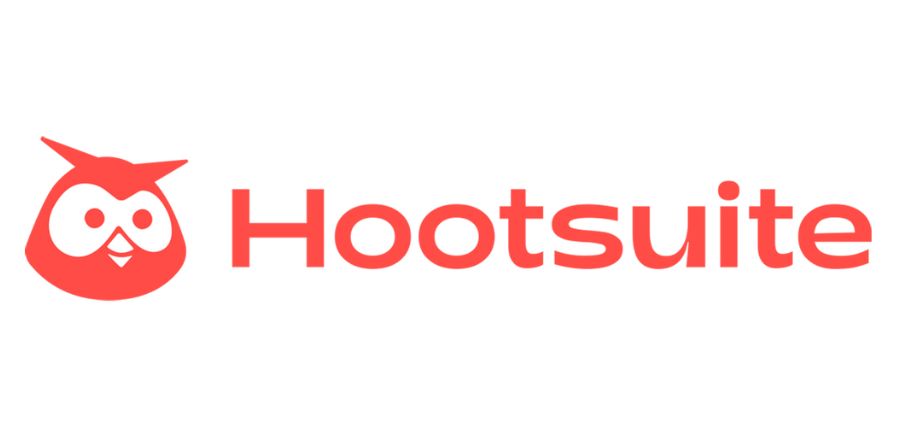
Hootsuite is a complete social media management tool that allows businesses to run several social media sites from one dashboard. It enables: scheduling posts, interaction with audiences, monitoring of conversations and performance analysis for campaigns. Hootsuite enables large-scale content operations featuring features such as team collaboration, content curation and approval workflows.
Taking ownership of an e-commerce ecosystem, it also provides advanced analytics and social listening tools to monitor brand sentiment, as well as improvements in the distribution strategies. Suitable for brands, agencies and enterprises, Hootsuite delivers a single voice throughout the channels, yet provides great integration with such tools as Canva, Google Drive and Trello.
Key Features:
- Comprehensive Dashboard: Be able to control various social accounts from a single point.
- Advanced Analytics: In-depth reports of social media performance.
- Content Curation: Find and share the relevant content conveniently.
Pros:
- Can integrate with many social networks.
- Robust scheduling and automation features.
- Integrates with various third-party apps.
Cons:
- Higher pricing when compared to others.
- Difficult for the new users to learn.
- Some of the features are locked behind higher-level plans.
Pricing:
- Professional: $99/month.
- Team: $249/month.
- Business: $739/month.
- Enterprise: Custom pricing.
Website: https://www.hootsuite.com
5. Medium
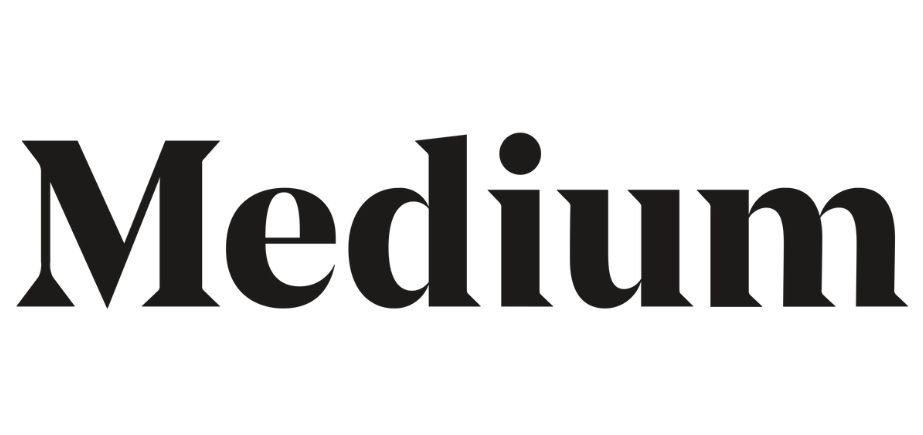
Medium; a popular online publication platform that works wonders for writers, thought leaders, and businesses that are keen to write long-form content, being embedded with an engaged audience. It offers a clear, clutter-free writing space with user-friendly editing features. Content on Medium usually does well organically, thanks to some tags and recommendations, as well as the inherent follower base.
It’s more useful for storytelling, thought leadership, tutorials, and opinion pieces. Writers can gain a following, can reiterate messages and gain followers through responses and highlights, and can monetise with the Medium Partner Program. If you are after authority, sharing great insights, or growing organically without a website, Medium is a top choice.
Key Features:
- Built-In Audience: Access to Medium’s reader base.
- Clean Writing Interface: Create content without being distracted.
- Engagement Tools: Claps, responses, and follower system.
Pros:
- Simply easy to use with no setup.
- Scope for virality using Medium’s algorithm.
- Monetisation opportunities under the Partner program.
Cons:
- Limited customisation for branding.
- Being regulated by Medium’s platform and rules.
- Lack of control in SEO and analytics.
Pricing:
- Free: Basic publishing features.
- Membership: $5/month or $50/year for readers; writers can earn through the Partner Program.
Website: https://medium.com
6. Substack

Authors and producers can send newsletters straight to their subscribers using the Substack platform. It integrates blogging with email marketing, which enables users to increase their particular audience and even earn from them with payment for the subscriptions.
Substack is perfect for journalists, educators, or niche content producers who want to rewrite their relationship with their readers without depending on social algorithms. Its simplistic interface facilitates post creation, list management, and performance tracking work very easily.
It also allows for community conversations and comments, and discussion threads. Substack is ideal for those who want to own their audience and deliver great, consistent content straight to inboxes, with little tech hassle.
Key Features:
- Newsletter Publishing: Write and distribute email updates easily.
- Monetisation: Offer paid subscriptions to readers.
- Analytics: Track subscriber growth and engagement.
Pros:
- Easy to set up, no technical skills needed.
- Direct relationship with subscribers
- Supports multimedia content like podcasts.
Cons:
- Takes a 10% cut from the revenue for subscriptions.
- Limited design customisation.
- Fewer integrations as compared with other platforms.
Pricing:
- Free to use: 10% of the money from paid subscriptions goes to Substack.
Website: https://substack.com
7. YouTube
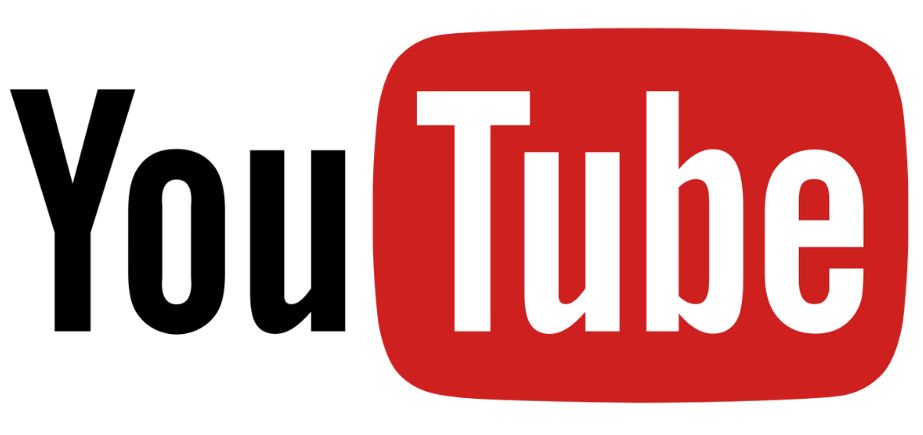
The largest platform for sharing videos and a vital conduit for distributing video content globally is YouTube. It accommodates different video types, including tutorials and product demos, through to vlogs and webinars, thus making it perfect for use in content, education, and entertainment marketing.
The YouTube algorithm allows strong organic reach and monetisation opportunities, and powerful analytics to empower creators to grow strategically. Videos can rank on YouTube and Google search thanks to their SEO integration. Creator can develop subscriber communities, interact using comments, promote the brand visually and gratitudinally.
Key Features:
- Massive Audience Reach: Access billions of users all over the world.
- Options for Monetization: Super Chat, membership fees, and ad income payments.
- Benefits of SEO: Videos with certain capabilities may show up in Google and YouTube lists.
Pros:
- High potential for audience growth.
- Concentrated on different content forms (live, shorts, long-form).
- Robust analytics and creator tools.
Cons:
- Granite content policies and risk of demonetization.
- High competition for viewer attention.
- Needs regular content production to increase growth.
Pricing:
- Free to use: Ad-supported.
- YouTube Premium: Offers no advertisements, costs ₹129 per month in India.
Website: https://www.youtube.com
8. Mailchimp
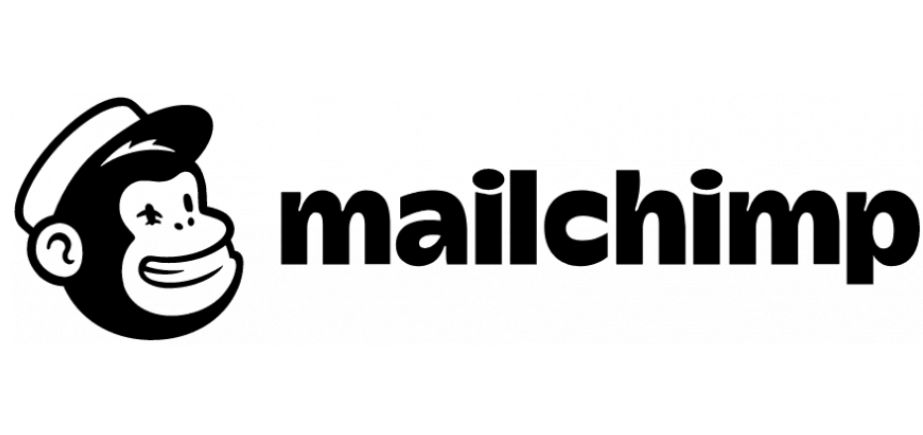
Because of its extensive automation features and ease of use, Mailchimp is one of the most well-known email marketing platforms on the market right now. It allows users to create, send, and track them using features such as a drag-and-drop function, segmentation, and A/B testing.
Outside of email, it supports landing pages, social ads, and the customer journey; thus, it’s an all-around tool for the SMB, and with pre-built templates, detailed analytics, and integration with CRM, Mailchimp enables brands to tend customer relations and increase conversions.
Whether you’re sending newsletters, promotional campaigns, or onboarding sequences, Mailchimp’s tools are good at getting your content to the right target at the right time.
Key Features:
- Email Campaigns: Design and email newsletters and promotional emails.
- Automation: Design customer journeys and trigger-based emails.
- Analytics: Monitor the open rates, click-through rates, and so on.
Pros:
- User-friendly interface with drag-and-drop editor.
- Extensive template library.
- Integrates with numerous third-party apps.
Cons:
- Pricing increases with subscriber count.
- Simplified services in a free plan.
- Some more sophisticated features, to calling other numbers, are only available for a higher plan.
Pricing:
- Free Plan: Up to 500 contacts and 1,000 emails/month.
- Essentials: Starts at $13/month.
- Standard: Starts at $20/month.
- Premium: Starts at $350/month.
Website: https://mailchimp.com
9. LinkedIn
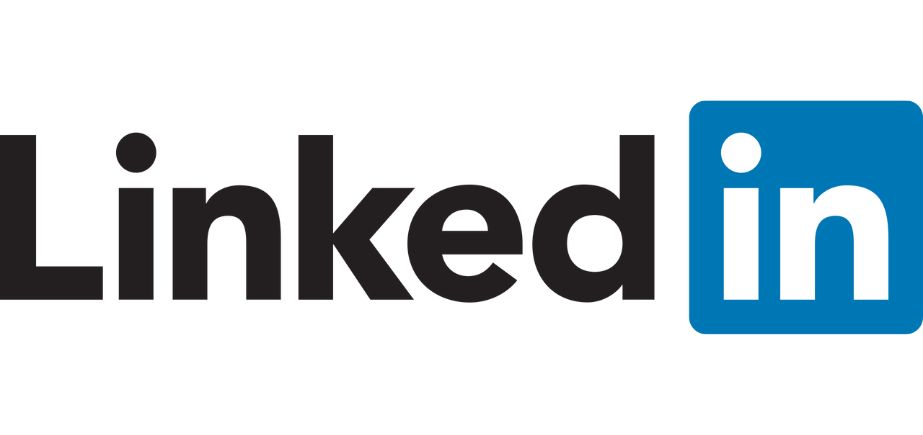
LinkedIn is the social platform par excellence for professionals and B2B marketing. It enables the users to share updates, articles, whitepapers, and videos to a highly targeted, professional audience. LinkedIn’s native publishing tools and LinkedIn Pulse provide visibility, while business tools such as company pages, groups, and sponsored posts all reach those decision makers and industry peers.
It is perfect for setting up thought leadership, recruiting and driving traffic to content-rich landing pages. LinkedIn is a strong distribution channel for businesses looking to expand their influence in particular industries and establish important fellowships in professional work with analytics and lead generation features.
Key Features:
- Professional Networking: Interact with other industry practitioners and potential customers.
- Content Sharing: Post articles, posts and videos in order to engage your network.
- Lead Generation: Reach prospects through LinkedIn Ads and InMail.
Pros:
- Highly targeted B2B audience.
- Enhances personal and company branding.
- Access to LinkedIn Learning resources.
Cons:
- Premium features can be costly.
- Even if you have an organic reach, it might be reduced without engagement.
- Compared with other platforms, the cost of advertising is higher.
Pricing:
- Free Account: Basic networking features.
- Premium Career: $29.99/month.
- Premium Business: $59.99/month.
- Sales Navigator: $79.99/month.
Website: https://www.linkedin.com
10. Outbrain
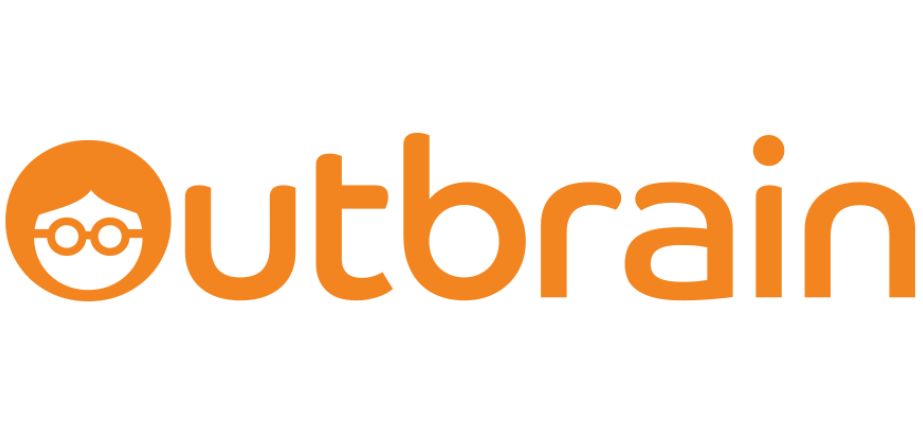
Outbrain is a native ad platform that exposes branded content to top-tier publisher sites via recommendation widgets. It assists the marketers to direct traffic to blog posts, landing pages, and videos by hanging the content alongside relevant articles. This content discovery model draws more attention and attracts those who are already interested in similar topics. Outbrain uses AI-powered targeting to enhance the results of a campaign and make the ROI as high as possible.
It’s quite effective for content amplification, lead generation, and brand storytelling. Outbrain, with the help of analytics and optimisation tools, provides businesses with an opportunity to fine-tune their campaigns and scale their distribution appropriately. It is suitable for brands seeking to tap into more audiences apart from organic or owned channels.
Key Features
- The top publisher websites display native adverts.
- Advertising by interest and location-based targeting.
- Real-time performance tracking and optimisation.
Pros:
- High-quality traffic via premium sites.
- Scalable reach for large audiences.
- ROI is easy to track with analytics.
Cons:
- It can be expensive for small work budgets.
- No control of specific site placements.
- Learning curve for new users.
Pricing: Starts at approx. $20/day (CPC model).
Website: https://www.outbrain.com
11. WordPress – Essential for blogging and SEO-optimised content hubs
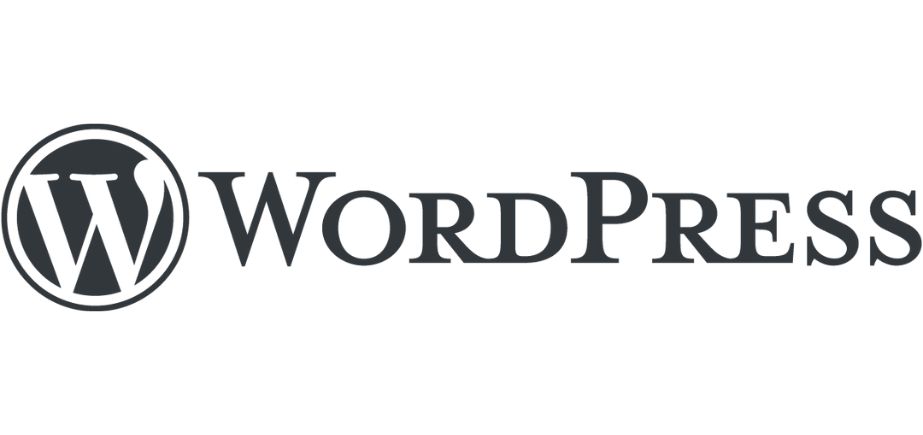
WordPress is the leading content management system (CMS) in the world, responsible for running millions of websites and blogs. It is very customizable based on thousands of themes and plugins that users can use to personalize their content experience. WordPress supports optimised content structuring from a search engine point of view, which will mean better rankings and improved visibility.
It is best to host blog posts, multimedia, landing pages, or long-form content. Companies may seamlessly integrate e-commerce features, automation, and marketing tools. WordPress is a long-term solution for content distribution and branding as long as it has a supportive global community and updates. If you are a blogger or an entrepreneur, or an enterprise, you have the freedom to grow and manage your digital presence with WordPress.
Key Features:
- Easy content creation and publishing.
- SEO-friendly with plugins like Yoast.
- Thousands of themes and options of plugins.
Pros:
- Fully customizable and open-source.
- Strong SEO and blogging tools.
- Huge community and plugin support.
Cons:
- Requires hosting and tech setup.
- Plugin overload can slow sites.
- Customisation needs some skill.
Pricing:
- Free (basic);
- Paid plans begin at $4/month on WordPress.com.
- Hosting for WordPress.org starts around $3–$10/month.
Website: https://wordpress.org
Key Benefits of the Best Content Distribution Platforms
- Exposure expansion of content; Broad and targeted audiences for content delivery.
- Enhanced Engagement Ratings – Increase participation by creating a clear placement.
- Multi-Channel Publishing – Publishes content at the same time for different platforms.
- Time Efficiency – automate scheduling and minimise efforts pertaining to manual scheduling.
- Audience Insights & Analytics – Monitor performance and user behaviour.
- SEO & Discoverability – Increase your organic visibility by developing a way to optimise your search.
- Brand Authority – Build authority by offering valuable content repeatedly.
Tips to Choose the Best Content Distribution Platform
- Know your audience – choose the media the target users are most engaged with.
- Understand Your Content Type – Find a platform for your content format (video, blog, email).
- Check Integration Features – Support of the tools already used by you (CRM, CMS, analytics).
- Review analytics Knowledge in Platforms – Find platforms with great reporting and insights.
- Make a decision based on Scalability – choose platforms that can expand with your content needs.
- Assess Budget & ROI – Select platforms with value without excessive spending.
- Evaluate User Interface & Support – The platform should be easy to use and have responsive support.
Conclusion
Platform selection for content distribution is less of a one-stop solution as it relies on audience selection, content goal and selected format. Having so many great options with social media schedulers to a video platform, and content syndication tools, selecting the right mass can potentially change your marketing results. If you’re looking into email marketing or social outreach, or driving blogs with SEO, the right platform is going to make certain that your message reaches the right audience at the right time.
Since the digital landscape is still dominated by content, a reliable data-driven distribution strategy is unavoidable. The right platform investment brands and creators establish trust, engage meaningfully and grow consistently. With careful consideration and strategic use, you will have more reach in your content and greater results.
Frequently Asked Questions (FAQS)
Q 1: What’s the difference between content creation and content distribution?
A: Content creation is the process of developing content, while distribution involves sharing it across platforms to reach your audience.
Q 2: Is it necessary to use more than one distribution platform?
A: Yes, using multiple platforms helps diversify reach and ensures content touches different audience segments.
Q 3: Which platform is best for B2B content distribution?
A: LinkedIn, HubSpot, and email marketing tools like Mailchimp are highly effective for B2B content.
Q 4: How can I measure the success of my content distribution?
A: Use metrics like reach, engagement, conversion rates, and ROI through built-in analytics or external tools.
Q 5: Can small businesses afford good content distribution platforms?
A: Absolutely. Many platforms like Buffer, Medium, and Mailchimp offer free or affordable plans suitable for small businesses.

